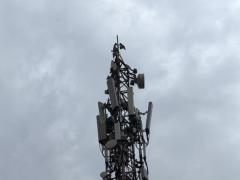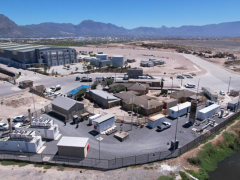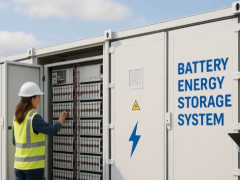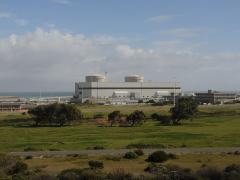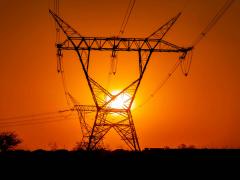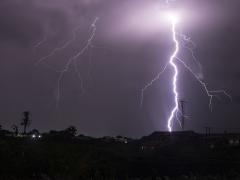The blackout that hit Spain and parts of southwestern France on April 28 has reignited debate about the resilience of Europe’s electricity grids – and whether renewables are to blame. But, as energy systems modernise, the fault may lie less with solar and wind and more with outdated control systems, writes Xavier Daval, CEO of kiloWattsol and Chair of the Solar Commission at France’s Renewable Energy Association, in a PV Magazine column.
According to Daval, the automatic disconnection of distributed solar and wind generators during low-frequency events reflects a grid code designed around synchronous generation, not inverter-based renewables. In the April event, protection mechanisms were triggered when the frequency fell below 48 Hz, removing inverter-fed power when it was most needed.
“This rule, which applies to all types of generation including nuclear, is designed to protect equipment,” Daval notes. “But in a grid increasingly powered by electronic sources, this logic can backfire.”
By contrast, France was able to contain the impact thanks to its grid architecture, spinning reserves and the frequency-damping effect of its nuclear fleet – a structure Daval suggests enables, rather than inhibits, renewables integration.
He argues that inverter-based generation must be governed by 21st-century control systems capable of supporting grid stability in real time, not sidelined by legacy rules.
“What we face is not a glitch to fix but a model to fundamentally redesign,” he writes.


